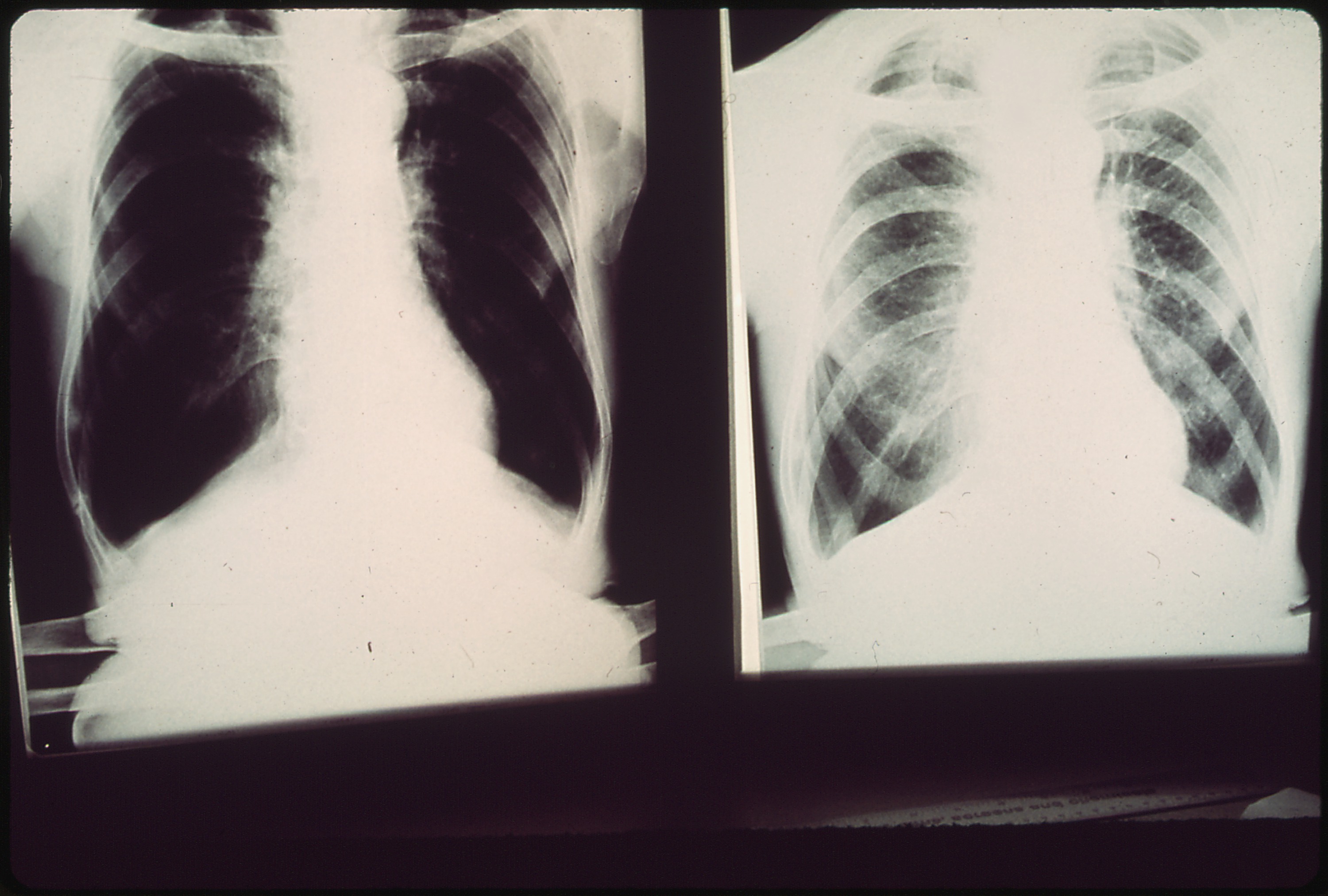25 July 2018
Black Lung Disease is Making a Come-Back
Posted by Shane Hanlon
This is part of a series of posts from our own Shane Hanlon’s disease ecology class that he’s currently teaching at the University of Pittsburgh Pymatuning Laboratory of Ecology. Students were asked to write popular science posts about (mostly) wildlife diseases. Check out all the posts here.

Credit: Wikimedia Commons
By Victoria Wright
Black lung disease is making a come-back. Characterized by shortness of breath and hypoxemia, a recent NPR article explains that not only are more coal miners experiencing black lung disease than previous government research was estimating, but more workers are showing earlier stages of the disease. One correspondent in the article, an occupational health researcher at the University of Chicago, said, “It’s not that we’re discovering a new disease. We’re seeing a resurgence of a disease that should have been eradicated. … You know, it’s something we should not be seeing … at all and we’re seeing thousands of cases still in the 21st century.” I felt it was necessary to include his quote in this article review because it really underlines the severity of the situation.
One issue with the data that has been collected on black lung disease is that only current coal mining workers are tested, and even then, the testing is voluntary. The article claims that official records are grossly under-counting the problem at hand because of this. Another issue, as presented in a research study by S. Gandhi, is that the severity of the disease continues to increase over time even if the miners stop working and are not exposed to coal mine dust again. This research tested miners’ breathing over the course of an average of five years and concluded that “more than one quarter of former coal miners with normal lung function at the time of their first [claim] had accelerated lung function decline absent further exposure.” So even if a worker is only showing early symptoms at the time that a disability claim is submitted, research is showing that the symptoms are getting worse over time.
Another issue with the resurgence of black lung disease is that there has been an increase in black lung-related lung transplants. A study published in the American Journal of Industrial Medicine showed that 79% of the 62 known black lung-related transplants have occurred in the past decade, and even more people were wait-listed and did not receive a transplant. Not only is the amount of transplants an issue, but they are not even a cure for black lung; they are only a treatment. This also becomes a policy issue because, as an epidemiologist at the National Institute of Occupational Safety and Health explains from a study, each transplant and its aftercare costs $1 million and state and federal programs have paid for two thirds of the operations. We can speculate where this money is coming from. Worth noting is that these costs are projected to only increase as the rate and severity of the disease increases, particularly as more cases of early black lung appear. An estimated one in five veteran coal miners of the Appalachia area are estimated to have black lung disease and not even be diagnosed with it yet.
In a world looking forward towards renewable energy, but in a country looking backwards towards coal mining, it is a tragedy that the completely preventable disease of black lung is seeing a resurgence in 21st century America.
Sources:
https://www.npr.org/2018/05/22/613400710/new-studies-confirm-a-surge-in-coal-miners-disease
http://www.abstractsonline.com/pp8/#!/4499/presentation/20250



 The Plainspoken Scientist is the science communication blog of AGU’s Sharing Science program. With this blog, we wish to showcase creative and effective science communication via multiple mediums and modes.
The Plainspoken Scientist is the science communication blog of AGU’s Sharing Science program. With this blog, we wish to showcase creative and effective science communication via multiple mediums and modes.